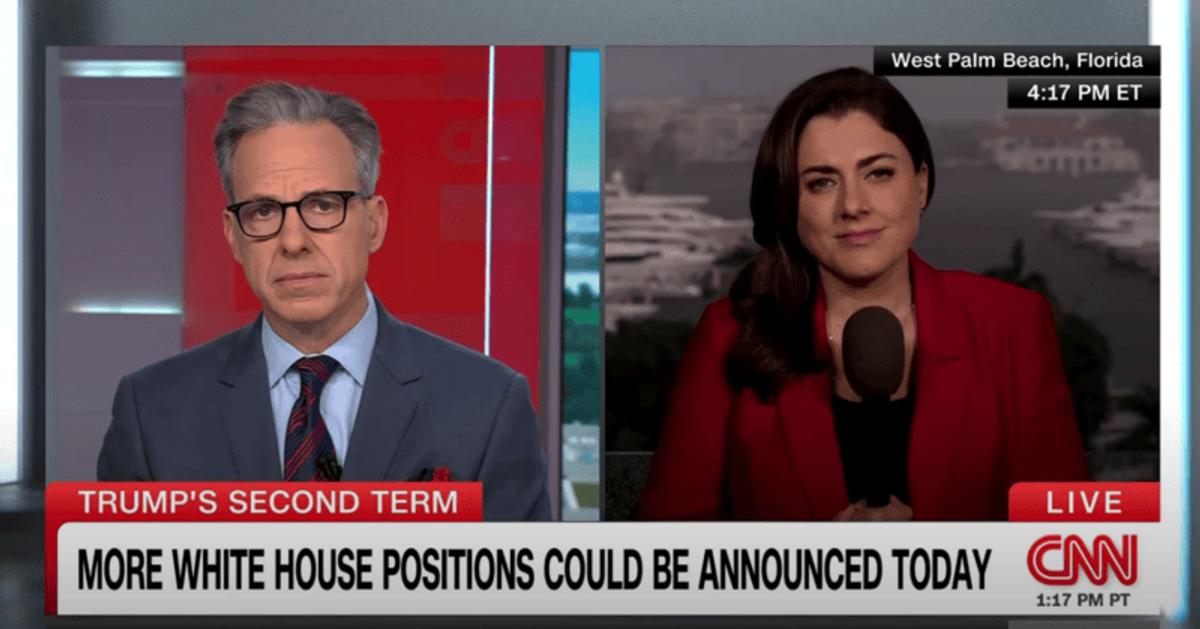Calgary Innovation Week runs from Nov. 13-21, 2024.
By Chris Hogg
DIGITAL JOURNAL
November 19, 2024

Image generated by OpenAI's DALL-E via ChatGPT
If you ask Tina Mathas who should lead transformative innovation projects, she’ll tell you it’s all about the pirates.
“It requires a different type of mindset, a different type of ecosystem and environment, and it should be protected,” says Mathas, co-founder of Flow Factory, a company that aims to enhance human performance by integrating the concept of “flow state” with artificial intelligence.
For transformative innovation, she argues, big companies need pirates — not quite drunken Jack Sparrow adventurers, but individuals who challenge traditional processes and navigate uncharted waters of creativity and risk.
Mathas’s declaration set the tone for a lively virtual panel on corporate innovation at Calgary Innovation Week. The discussion brought together industry leaders to dissect how innovation can thrive in corporate environments often resistant to change.
The challenges, they agreed, are substantial, but the potential rewards for organizations that get it right are transformative.
Making the case for pirates
“Transformative innovation requires pirates,” Mathas said. “It’s not just about solving today’s problems — it’s about being bold and taking risks on where we think the industry is going.”
Mathas described her experience at ATB Financial, where her team was tasked with “breaking the bank.”
Operating with a $50,000 budget, they delivered a market-ready banking platform in just five weeks.
“We had no banking experience,” she said, “and people didn’t understand how we got that done. We had board support, and we had executive support. In other words, we reported directly into the executive and we were separate from the main organization.
This freedom is crucial, Mathas said, because transformative innovation rarely succeeds when confined by a corporation’s standard processes.
“According to an Accenture study, 82% of organizations run innovation in exactly the same way as any other regular project. Plus it takes about 18 months, and you’re still facing a 90% failure rate,” she said, telling the audience that is the reason she left the corporate world.
Innovation begins with people and alignment with business goals
Jeff Hiscock of Pembina Pipelines shifted the focus to the human element of innovation, emphasizing the challenges of workforce turnover and retention. Focus on the importance of building environments that retain experienced talent, while simultaneously attracting new entrants to the workforce, he advised.
“Thirty-five per cent of the energy workforce will turn over by 2035,” Hiscock said, referencing data from a provincial study. “A lot of that is through retirement. How do you create a workplace where those people want to stay in the roles longer?”
By focusing on creating workplaces that are innovative, engaging and adaptable, organizations can address this looming talent gap while driving forward their innovation goals.
Hiscock described innovation as a necessity, not a luxury, particularly in industries like energy.
“Innovation is about solving real problems that impact your business’s core value streams,” he said.
Pembina, for instance, focuses 70% of its innovation efforts on projects with direct EBITDA impacts, ensuring alignment with organizational goals.
However, Hiscock cautioned that innovation efforts often stall because of cultural resistance.
“What’s obvious to you is not obvious to everyone else,” he said. “It’s like playing a 4D chess game that only you can see. That’s a bad place to be.”
His solution? Securing buy-in from every level of the organization, not just senior executives.
From dollars to disruption
“Innovation isn’t about dollars, but it kind of is,” said Shannon Phillips, co-founder of Unbounded Thinking. Phillips’ work focuses on helping organizations, particularly small and medium-sized enterprises, implement effective innovation management systems.
He explained that many companies struggle to balance innovation’s creative potential with the financial realities of running a business.
“If we keep talking about this vague concept of innovation that is just about something new and breakthrough, we’ll never get the respect that we need. We really need to start looking at how we measure it to make it part of our DNA, and to make it a revenue stream in itself.”
Phillips outlined a structured approach to categorizing innovation: core (incremental improvements), adjacent (new markets or products), and breakthrough (disruptive technologies).
He emphasized focusing on core innovation first, as it carries the least risk, while building maturity and trust over time to approach higher-risk, breakthrough projects effectively. This holistic, balanced approach helps companies mitigate risks and align innovation with their capabilities and goals.
“For smaller companies, it’s not a buzzword — it’s about survival,” he said. “They need proof that innovation will help them grow and keep their doors open.”
Partnerships that deliver
Lee Evans, head of low-carbon activities at TC Energy, discussed how partnerships can drive innovation in meaningful ways.
“We think about win-wins,” Evans said. “How do we find ways to work with others to support each other?”
As an example, TC Energy recently invested and partnered with Qube Technologies, a Calgary-based emissions monitoring company, to address its decarbonization goals.
Evans highlighted the importance of starting small with innovation initiatives.
“Minimum viable products are really important,” he said. “You test, you learn and then you scale.” This approach minimizes risk while building trust in the process.
Evans also stressed the need for resilience and adaptability.
“If you want to be working in this space, you’ve got to be resilient. You’ve got to be willing to face challenges and setbacks and be willing to pivot. Those are really important. And never give up if you think there’s true value in what you’re up to. Find ways to make sure people understand the value of what you’re doing.”
The role of government and academia in innovation
Panelists also weighed in on how external forces, like government policies and academic research, shape innovation.
Mathas argued that governments should incentivize competition to stimulate corporate innovation. “We need more competition coming into Canada and into Alberta to create more of that incentive to want to compete and to want to innovate.”
On the academic front, Mathas cautioned universities in their efforts to turn researchers into entrepreneurs. She said universities should focus on supporting research, not forcing students to commercialize their ideas because it can lead to a loss of investment in the research that drives real innovation.
Key takeaways for corporate innovators
The panel left attendees with practical advice for navigating the complexities of corporate innovation:Start small, think big: “Innovate like a startup, scale like an enterprise,” said Mathas.
Embrace failure: “Failures are just learning in disguise,” she added.
Focus on core problems: Hiscock advised innovators to align their projects with a company’s key value streams.
Measure impact: “We need to make innovation part of the DNA,” said Phillips.
Be resilient: “Understand the value of what you’re doing and keep going,” said Evans.
As the panel concluded, one message was clear: the future belongs to those bold enough to embrace risk, empower people and innovate with purpose.








